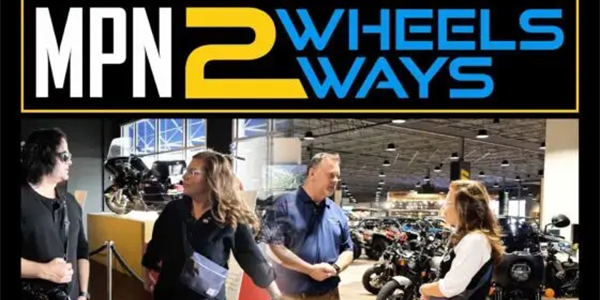CC:
When I say ceramic brake pads, your first thoughts are probably about quiet braking performance and clean wheels. But, you probably don’t know HOW ceramic brake pads accomplish this while extending the life of the brake pads.
Ceramic brake pads first came to market in the 1990s as original equipment on several domestic and import vehicle platforms. These brake pads use engineered ceramic fibers that work together with 10 to 20 other ingredients like resins, abrasives, fillers and lubricants.
What set the ceramic brake pads apart from those found on vehicles 30 years ago was how the brake pads create friction. Most conventional brake pads generate friction by wearing away the surfaces of both the pad and rotor. However, ceramic brake pad formulations deposit a layer of friction material onto the rotor that helps the two elements to work together to help control friction wear levels. The technology (referred to adherent or braking through adhesion) also helps to control noise, vibration and harshness (NVH) and practically eliminate brake dust.
First, let’s talk about noise. So, what makes one brake pad quieter than another? It is not a special shim or the quantity of lubricant applied to the backing plate. Instead, it is about the stability of the coefficient of friction over a broad range of temperatures and other conditions.
A brake pad might have a high coefficient of friction when it warms up. But, when it is cold, the coefficient of friction might be low. As the coefficient of friction changes due to the changes in temperature, it can cause noise like squeals and chirps.
Ceramic Brake pads can keep a stable coefficient of friction over a broader range of temperatures and conditions compared to some semi-metallic and NAO formulations. This stable performance cuts down on noise complaints from your customers.
What about brake dust? Brake dust is typically comprised of brake pad materials wear and metal wear from the rotor. With some semi-metallic friction formulations, the primary ingredient by volume in the brake dust is the metal particles from the rotor.
Ceramic friction material minimizes brake dust through an adhesive friction science not abrasive such as semi-met and low met friction science. Ceramic brake pads transfer a micro-thin layer of pad material to the rotor surfaces to achieve specific coefficient of friction.
Pulsation is not caused by the warping of the rotor under severe braking and heat. Instead, pulsation is caused by disc thickness variation or DTV. DTV occurs when areas of the rotor become thinner due to lateral runout, causing a high spot of the rotor to hit the brake pads as it rotates. As the high spot wears, the rotor now has variation in thickness.
This variation in thickness has implications for the hydraulic system. As the variation in rotor thickness passes through the caliper, the piston is forced into the low spot and when it passes, the piston is forced back into the bore. This creates hydraulic force that is transferred back through the lines and into the master cylinder. The master cylinder will then transform the hydraulic force into mechanical force in the pedal and cause it to pulsate when the driver brakes.
Ceramic brake pads minimize pulsation by reducing wear to the rotor. In addition, the transfer layer reduces the material being worn away from the high spot of the rotor.
So you can have quieter, cleaner and pulsation-free brake jobs thanks to ceramic friction formulations. But does it come at the cost of the longevity of the brake pads? No, in fact the opposite is true with Ultra-Premium brake pads. Due to the science and manufacturing of ceramic friction along with the quality of the highly engineered materials, the brake pads can last longer than some semi-metallic and NAO friction materials.
Now that you know how ceramic brake pads work, it will give you new confidence when installing them.
Thanks for watching!
This video is sponsored by Akebono Brakes.













